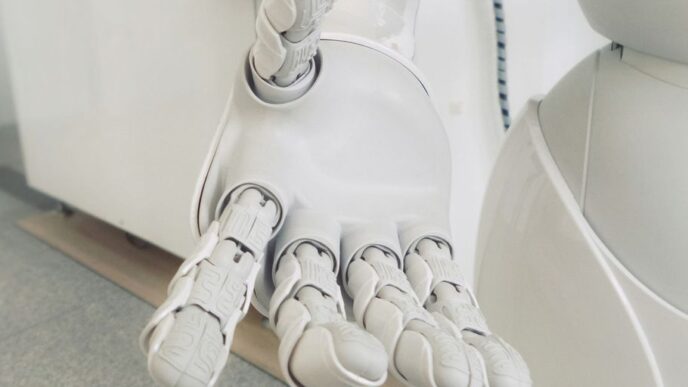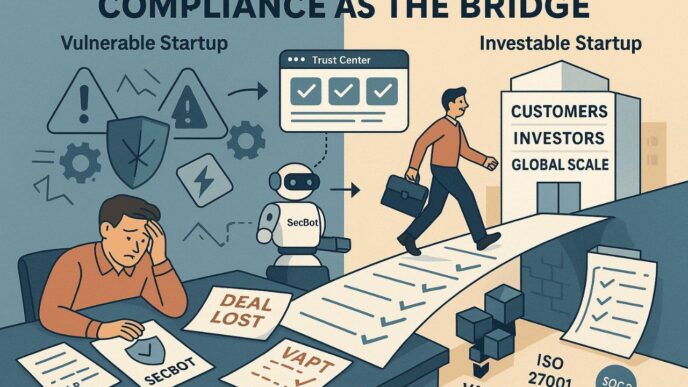Education is the backbone of any society. It shapes and molds individuals into productive members, enabling them to contribute positively towards development. As technology advances at lightning speed, education must strive to keep pace with it, harnessing its full potential for the benefit of students everywhere. From smartboards that revolutionized classrooms worldwide to AI tutors that can adapt teaching methods to fit a student’s specific needs seamlessly – technological learning has come a long way over the years.
Introduction to technology’s application in the educational system
The educational system has seen a lot of changes over the years. The biggest change in recent years has been the introduction of technology into the classroom. Technology has revolutionized the way that students learn and teachers teach. There are many different ways that technology is being used in the educational system. Here are just a few examples:
Smartboards: Smartboards are becoming increasingly popular in classrooms. They are interactive whiteboards that allow students to engage with the material on a more personal level. Students can draw, write, and interact with the content on the smartboard. This makes learning more engaging and fun for students.
AI Tutors: AI tutors are starting to become more common in schools. These tutors can provide personalized instruction to each student based on their individual needs. AI tutors can also adapt to the learning style of each student so that they can learn in the most effective way possible.
Virtual Reality: Virtual reality is being used in some classrooms to provide immersive learning experiences. Students can explore different settings and worlds while learning about various subjects. This type of technology is still in its early stages, but it has great potential for education.

Benefits of Technology-Assisted Learning
Technology-assisted learning can provide students with a number of advantages. First, it can help to level the playing field for students who may have different learning abilities or styles. For example, some students may be visual learners and benefit from seeing information displayed on a screen or graph, while others may be auditory learners and prefer to hear audio explanations. Technology can allow all students to access information in a way that best suits their individual needs.
Second, technology can help engage students in the learning process. Many students are used to interacting with technology in their everyday lives, so using technology in the classroom can help keep them engaged and interested in the material. Games, simulations, and other engaging activities can make learning fun and exciting for students of all ages.
Third, technology gives educators more ways to assess student understanding. In addition to traditional methods like quizzes and tests, teachers can now use online tools to track student progress and gauge understanding in real-time. This data can help educators customize lesson plans and make sure that all students are mastering the material.
Technology-assisted learning is not without its challenges, but the benefits outweigh the drawbacks for many educators and students. As technology continues to evolve, we can only imagine the new ways it will change education for the better.
Challenges in Implementing Technology in Education
The integration of technology into education has been a challenge since the introduction of smartboards and laptops in classrooms. Although research has shown that technology can enhance learning, its use in education has been slow to catch on.
A major obstacle to the integration of technology in education is the lack of teacher training. Many teachers are not familiar with how to use tech tools in the classroom, which limits their ability to effectively utilize them to support instruction.
In addition, there is a lack of agreement on what standards should be used to evaluate educational technology. As a result, many schools have been hesitant to invest in expensive tech tools without knowing if they will actually improve student learning.
Use Cases of AI Tutors in Education
There are many potential use cases for AI tutors in education. One is providing individualized attention and feedback to students. This could be used to provide extra support to struggling students or to challenge advanced students. AI tutors could also be used to teach classes when there are not enough teachers available. Additionally, AI tutors could create customized learning experiences for each student based on their interests and needs.
AI tutors could also be used to assess student progress and identify areas where they need improvement. This information could then be used to inform instructional decisions made by teachers. Additionally, AI tutors could be used to monitor classroom dynamics and identify issues that need to be addressed (such as bullying).
The use of AI tutors in education has the potential to greatly improve the learning experience for students of all levels.
Smartboards and Technologies for Visual Representation of Knowledge
As technological advances continue to be made, the ways in which we learn and teach are also changing. One of the biggest changes in recent years has been the introduction of smartboards into classrooms. Smartboards are interactive whiteboards that allow users to control digital content through a computer or other device. This technology has revolutionized the way educators can present information to their students.
In addition to smartboards, there are also a variety of other technologies that can be used for visual representation of knowledge. These include virtual reality (VR), augmented reality (AR), and mixed reality (MR) systems. VR systems allow users to immerse themselves in a completely digital environment. AR systems overlay digital information onto the real world. MR systems combine elements of both VR and AR to create an immersive experience that is based in reality.
Each of these technologies has its own set of benefits and drawbacks. However, they all have the potential to change the way we learn and teach for the better. For example, VR could be used to provide students with an immersive learning experience that allows them to visualize concepts that would otherwise be difficult to understand. Similarly, AR could be used by educators to provide real-time feedback on student work. And MR could potentially be used to create rich learning experiences that integrate digital content with the physical world
Advancement of Learning Analytics with AI Tools
There are many opportunities for the advancement of learning analytics with AI tools. One such opportunity is to use AI tutors to teach more effectively. For example, by analyzing a student’s interactions with an AI tutor, the system can adapt its teaching approach to better suit the student’s needs. Additionally, AI tutors can provide customized and individualized feedback to students in a way that is not possible with traditional teaching methods.
Another opportunity for the advancement of learning analytics with AI tools is to use them to assess student understanding in real-time. This could be done through the use of “digital assistants” that listen to and analyze student speech or cameras that track eye movement and facial expressions. This type of assessment would give educators immediate feedback on what students are struggling with and could help them adjust their lessons accordingly.
There are many ways in which AI tools can be used to advance learning analytics. By using these tools, we can improve education outcomes by making teaching more effective and efficient and by providing students with tailored feedback.
Ideas for Enhancing Technological Learning in the Education System
With the ever-changing landscape of technology, it can be difficult to keep up with the latest and greatest advancements – let alone integrate those into the education system. However, if done correctly, implementing new technology into the learning process can enhance the students’ experience and better prepare them for success in a tech-driven world. Here are a few ways to integrate technology in order to enhance learning:
1. Utilize Smartboards: Smartboards are a great way to engage students in the lesson and make information more visually appealing. By being able to see what the teacher is writing down or drawing, as well as interactive elements, students are more likely to pay attention and retain the information.
2. Use iPads or Tablets: Many school districts have started providing tablets for each student in order to promote paperless learning and allow for more interactions with digital content. Utilizing apps that are tailored to each individual’s needs can further enhance their learning experience and make it more engaging than looking at a worksheet on a regular piece of paper.
3. Invest in AI Tutors: With artificial intelligence (AI) becoming more prevalent, there are now programs that can act as personal tutors for each student based on their specific needs and level of understanding. This type of one-on-one instruction can help students that may be struggling with a certain concept or topic, and give them the extra attention they need to succeed.
Conclusion
Technology is an ever-evolving field, and it’s no surprise that its influence in education has extended as well. In the coming years, we can expect to see even more advances made in educational technology, from sophisticated AI tutors to interactive virtual classrooms. The possibilities are endless when it comes to incorporating technological learning into classrooms around the world. With so many exciting opportunities available for students and teachers alike, there’s never been a better time than now to dive into the ever-expanding world of educational technology.













